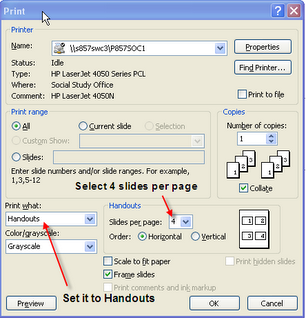Social 30-1
I went through a PowerPoint presentation today called "Identity and Ideology". I have sent this presentation to you already, so please check your e-mail accounts tonight, and print off this presentation and add it to your notes (4-6 slides per page when you print it off). Please make sure that you print off the Ideology Notes from the Black Gold School District, and read them! Actually I recommend that you read, highlight and annotate these notes. Please make sure that you have read these notes over before coming to class tomorrow. Your Chapter 1 Key Terms and Questions are due tomorrow. Also, make sure that you have read Chapter 1 as well. Your Chapter 1-2 Quiz will be on Thursday, February 10th, please see the study guide below.
Upcoming Important Dates for 30-1 Students:
- Chapter 1 Key Terms and Questions are due on Friday, February 4th
- Print off Ideology Notes prior to February 4th class (read, highlight, annotate)
- Chapter 1-2 Quiz is on Thursday, February 10th (please see study guide below)
- Unit 1 Final Exam is on Friday, February 11th (study guide will go up on the blog tomorrow)
Chapter 1-2 Test Study Guide:
The Chapter 1-2 Test is on Thursday, February 10th. It is a mixed format test, it will have a matching section and a short answer section. Here is what you should review/study for this test:
- Chapter 1 and 2 Key Terms/Concepts and the Supplementary Key Terms from the Unit 1 Worksheet
- be able to answer any of the questions from the Unit 1 Worksheet (hopefully you have quality answers to study from!)
- you must know the 19th century political spectrum and the 20th century political spectrum
- know similarities and differences between communism and fascism
- be able to label political and economic spectrums and the values associated with these ideologies
- be able to label the political-economic grid and know examples of the ideologies in the quadrants (study the Ideology Notes and the notes I gave you in class)
- know the differences between individualism and collectivism, be able to apply your understanding of these concepts
- know the key ideas associated with Hobbes, Locke and Rousseau (for example, view of the nature of human beings, etc.)
Printing PowerPoint Presentations
When I send you presentations, here is what I recommend that you do: keep an electronic copy of the presentation, preferably in an appropriately named folder. Next you'll need to print it off. I recommend that you print off 4 slides per page. Here's how you do it. Open the presentation up in PowerPoint, then go under File and select Print. Then set things up like the picture below:

Social 10-1
We played a little "Global Bingo" today as well (don't lose those sheets, you'll need them for a subsequent mapping assignment). You have some homework tonight: you must create a 25 item chart (please see instructions below). I gave you some time to work on your Chapter 1 Key Terms and Questions today, these will be due in one week's time. You will have a World Geography Test next Friday, the study guide for this test will go up tomorrow on the blog.
25 Item Chart Instructions:
- find 25 items from 25 different countries (you can't have 5 items from one country!)
- find items from any of the following categories: food, clothing, electronics, household goods, entertainment, and miscellaneous (if it doesn't fit into any of the previous categories)
- don't just find items from one category (for example, 25 food items)
- try to find 4-6 items from each category
- collect your information about your items in a 3-column chart (item, country, category)
- don't assume that an item is from a particular country (for example, a Sony PS3 may be manufactured in Indonesia, Malaysia or South Korea, that is the information that we want
- for entertainment, for example a CD (or MP3) we want to know where the recording artist is from, not where the CD was manufactured, this will better illustrate social globalization
when you are collecting the information for your chart, number off the items (1-25) and have the categorized separate (in other words, the first 5 items on your chart should belong to the same category, etc.) - the more organized your chart is, the easier it will be to put that information on to a map!
No comments:
Post a Comment